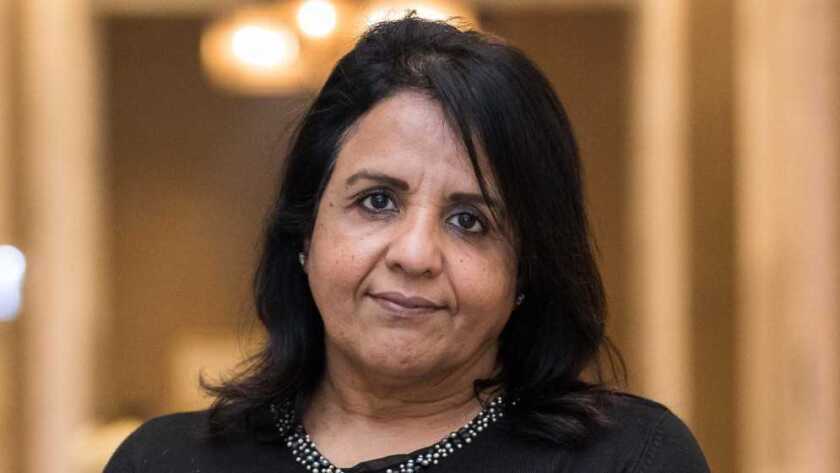On generating revenues from 5G, what planning is needed on the part of operators?
Across the telecoms industry it is considered a fact that 5G will create a new paradigm in network services and provide a richer and more refined network fabric; the first generation of the network that can be configured for a specific use case and charged accordingly.
In a report on operational imperatives, associated with monetizing 5G, TM FORUM noted that up to 72% of 5G revenue growth is based on the transformation of operational and business support systems (O/BSS). Communication service providers (CSPs) will clearly need a new approach to enable them to capture the value from these network capabilities and the business model they will facilitate. According to one of the most recent studies the annual operator billed revenues from 5G connections will hit $300 billion by 2025.
CSPs will clearly need a new approach to enable them to capture the value from these network capabilities and the business model they will facilitate. So where will these revenues come from? With the onset of 5G, a plethora of new revenue models are a possibility, however operators need to understand that 5G is not a simple evolution in speed or a set of standard functions. It will create a massively competitive environment by enabling faster time to market of many digital services for many operators. The service-based architecture (SBA) of 5G will enable a mix of service innovation to be created and delivered at rapid speeds from different providers. 5G will bring networks and the services they provide closer to the IT systems that will support O/BSS.
Key monetisation opportunities will include creation and delivery of new digital services, including new broadband bundles; IoT monetisation and device management
Will other revenue streams fall away as new 5G streams emerge?
Operators will need to consider an evolutionary approach to embrace 5G monetisation while still ensuring the current revenue models for monetisation of 3G and 4G assets are optimised as long as possible. More operators will have to plan a migration from 3G and 4G over a period of time than a complete cut-over.
Initially 5G can be seen to absorb some of the existing 4G traffic, making 4G radio more effective. This can help appease the insatiable demand for video content on 4G networks.
In terms of industry precedents, what does this trend compare to?
Less than a decade ago when consumers didn’t understand the power of a smartphone and were unwilling to pay for expensive handsets. There was also uncertainty around the ability of these devices to handle multimedia content and services, but once 3G networks were in place, subscribers ramped up quickly. Once consumers adopted mobile broadband internet capability, mobile networks became unstoppable. This has fundamentally changed the role of mobile services in the lives of consumers.
A similar inflection point with 5G is ahead of us. Much of the business models around 5G are yet to unfold and will evolve over the next two to three years. They will undoubtedly transform the telecoms landscape in ways that are currently unimaginable.
Could anything derail this current trajectory?
The roll-out of 5G was well underway, however given the current crisis attention is being diverted to maintaining reliable broadband connections and 4G networks. Multiple factors must be considered before efforts can turn back to 5G: consumer confidence, business confidence, disposable income, employment rates, availability of networks, availability of devices, retail environment and marketing budgets.
Looking at the wider smartphone segment, the demand may not be high enough over the next few months to justify an aggressive 5G rollout. If telecoms companies are to rationalise additional expenditure on 5G deployments, there would have to be customers ready to make use of the networks. As it stands, some enterprises are prioritising manpower and investments towards existing day-to-day operations and also trying to reduce expenditure as a recession looms.
What is the potential influence of investors on all this?
Investments in core data infrastructure and telecoms are increasingly attractive and businesses could be looking to a broader group of financial investors for the next phase development of 5G networks.
Investors in adjacent areas such as ecommerce, fintech, entertainment, media, will see ample opportunities to create value and grow their capital investments aggressively with the roll-out of 5G.
CSPs must invest to transform their current O/BSS platforms to become 5G monetisation ready, partner and prepare their new digital business and go-to-market models to capitalise on the demand and seize the opportunities the new 5G era will unfold.





